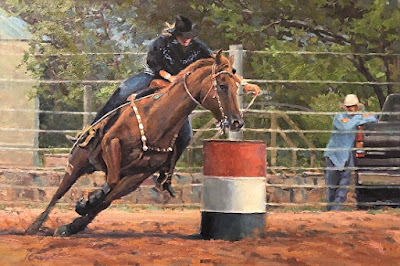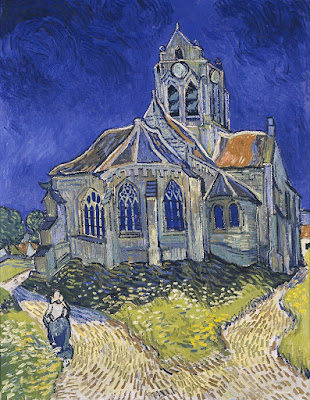Working artists are among the winners in this year’s tax season.
 |
| Don’t mind me; I’m just using details from old paintings to talk about how I feel about preparing taxes. |
The 2017 Tax Cuts and Jobs Act may have been intended to simplify the tax code, but simple it is not. Still, it has a provision that affects you, if you declare income as an artist.
Self-employed artists fork over a payroll tax of 15.3 percent, which cover both sides of our Social Security and Medicare obligation. Corporate employees pay half that, with their employers covering the remaining half. The change was designed, on paper, to redress that.
More importantly, it preserved the historic tax advantage that sole proprietors had over C corporations. Prior to the passage of the bill, the top effective tax rates for C corporations was 50.47%; for sole proprietors, it was 40.8%. When the rate on C corporations dropped, it had to drop for sole proprietors too.
Starting with the taxes you’re doing for 2018, pass-through taxpayers (those who aren’t a corporation) are entitled to a deduction equal to 20% of the taxpayer’s qualified business income, pr profit. For some people, its calculation is going to be very complicated. Once the broad plan was in place, more and more widgets had to be added to make it fair.
Most of the limitations on the deductions won’t apply to the working artists who read this blog. Singles making less than $157,500 or joint filers making less than $315,000 in total taxable income can stop reading here; they get to take the full 20% deduction. (If you’re between those levels and the ones in the next paragraph, you get the deduction in a trimmed form.)
Singles making more than $207,500 or couples making more than $415,000 are subject to different rules. They get no deduction if their business is a personal service firm.
A personal service firm (SSTB) is “any trade or business involving the performance of services in the fields of health, law, accounting, actuarial science, performing arts, consulting, athletics, financial services, brokerage services, or any trade or business where the principal asset of such trade or business is the reputation or skill of one or more of its employees or owners.”
To me, that sounded like the very definition of a working artist, whose livelihood relies on his skill. And apparently, others were concerned that this was unduly broad, since it would apply equally to the machinist, riverboat captain, software designer and many other self-employed people. Fortunately, the IRS decided to define that catch-all phrase at the end very narrowly. You’re out of luck if you:
- Endorse products or services;
- Allow your name, likeness, etc. to be licensed to sell products like brushes, paints, or a teaching set of pastels;
- Get paid to appear at events.
But even then, the only part of your income that’s excluded is the part you earned doing those endorsements.
As Forbes
wrote, “If you ain’t famous, as long as you don’t provide services in one of the specific disqualified fields, you are not in an SSTB, even if your skill or reputation is the only thing you have to sell.”
Of course, it’s just a law, and it’s up to the courts to determine what it actually means. But until then, I’m going to feel fairly confident taking the deduction. A caveat—I’m an artist, not an accountant, so this advice is worth exactly what you’re paying for it.
























